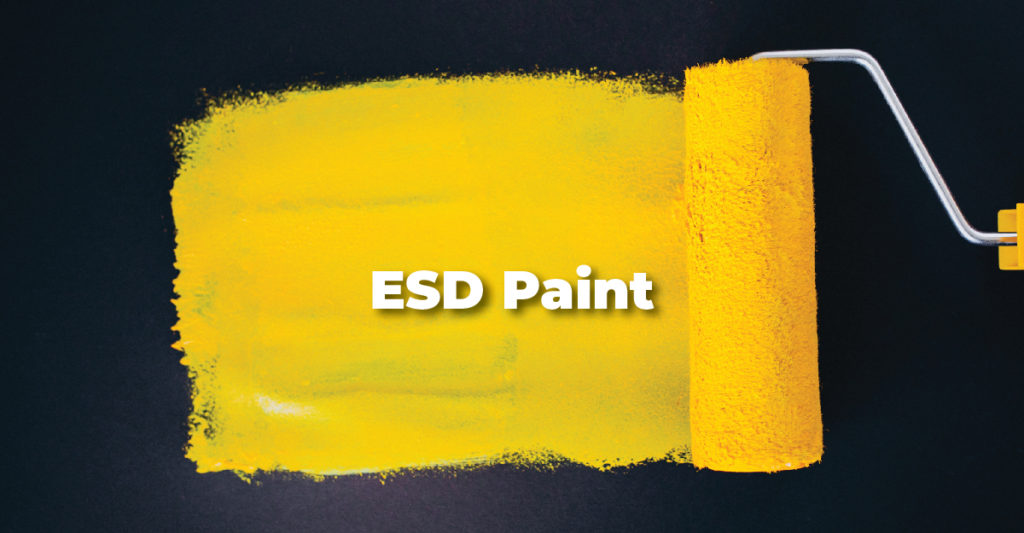In a factory, extensive work is undertaken from the process of selecting leading-edge machinery, a highly-skilled workforce until ensuring the overall safety of the system and all that it encompasses. Static safety is a major concern in work areas. Static dissipative floors, static-protected footwear, gears, and mats are ensured to maintain the EPA standards. Despite it all, the collective safety of human lives and machinery involved is jeopardized by something as menial as a trash can. Introducing such an object, which is conductive in nature could simulate static electricity, thus jeopardizing the safety of the entire system. That being the case, tools, carts, trays, conveyors, or even the furniture present would eventually contribute to static charges. Unlike flooring, layers of solutions are impractical for such objects and machinery, consequently, Electro Static Dissipative Paints otherwise known as ESD Paints become an easy alternative.
ESD Paint eliminates the concerns of electrostatic discharge and applies to a wide range of materials such as brick walls, wood, plastic, metals, and so on enabling dissipation of static charges to the ground as it accumulates.
Lat | Chem’s ESD Paint adheres to the standards of ANSI/ESD S20.20 and maintains surface resistance between 106 – 108 ohms. It is easy to apply, offers a smooth finish, and showcases excellent durability. Usually, ESD floor paints are latex/acrylic based and have been known to show signs of coating failure after a few years. ESD Paints contribute significantly towards maintaining the standards of an ESD Protected Area and cannot be overlooked for this reason.
Stay safe with Latern!
